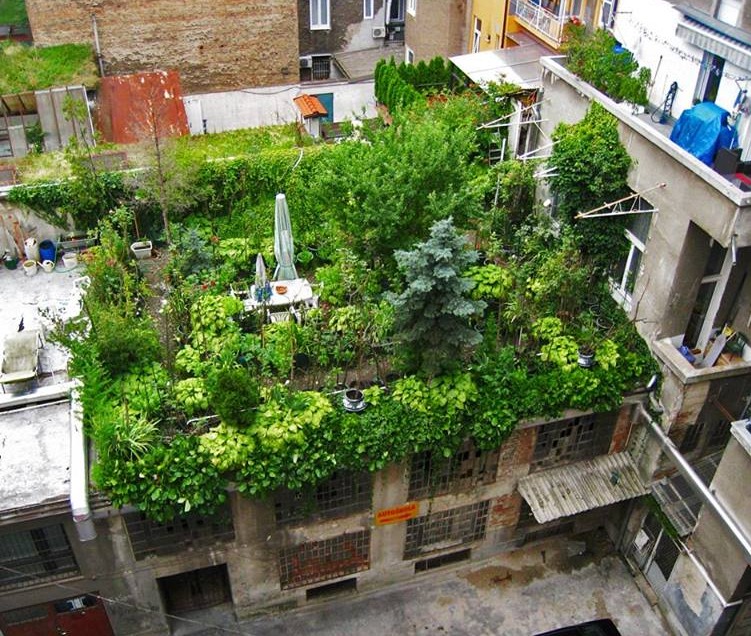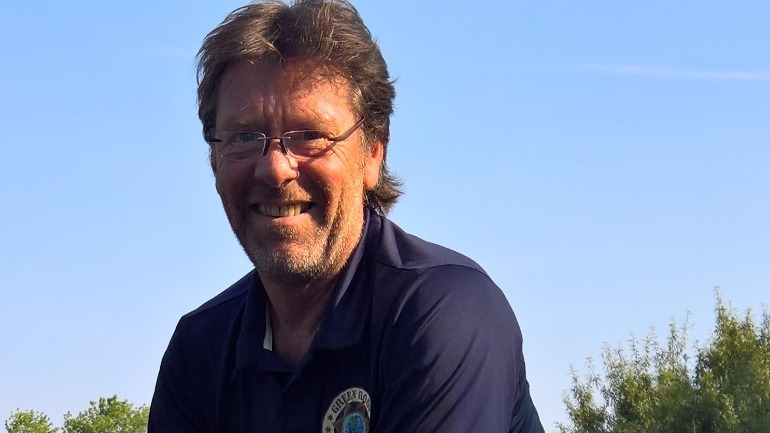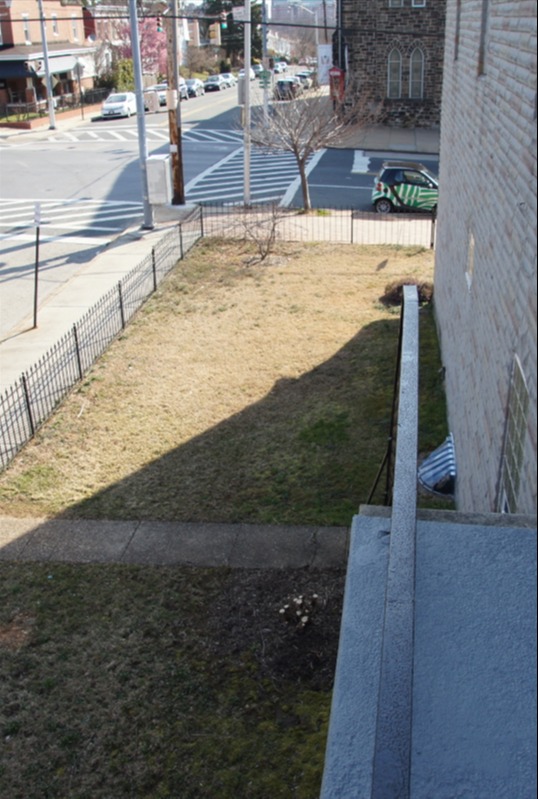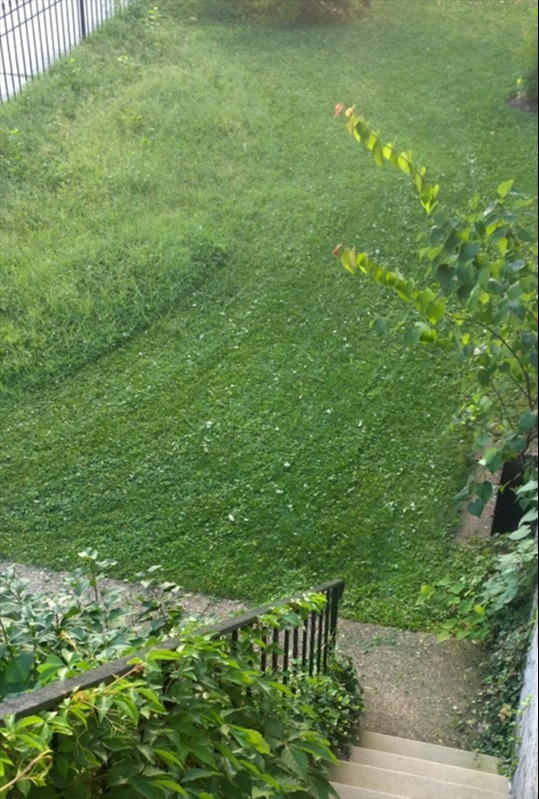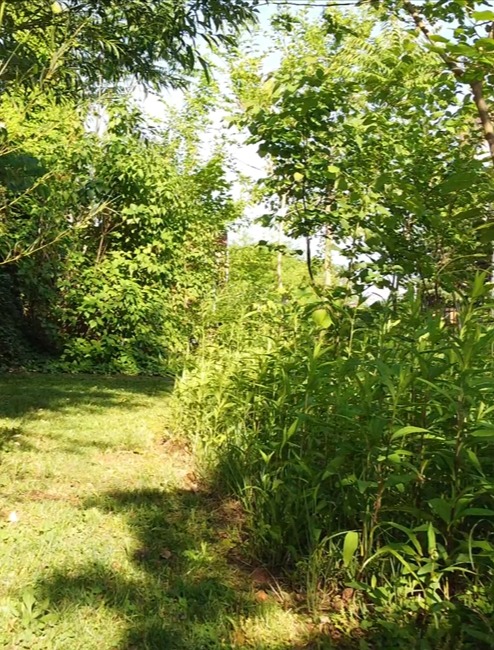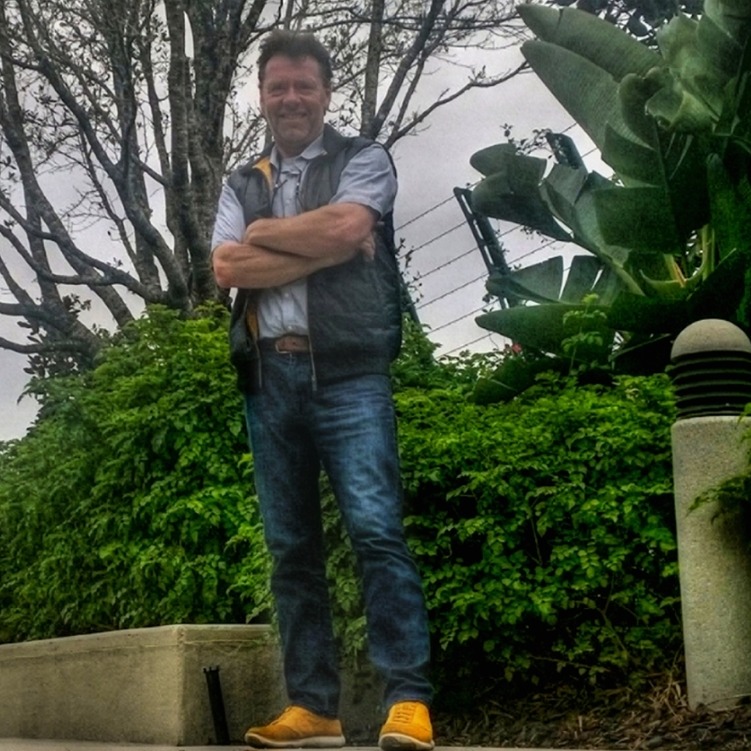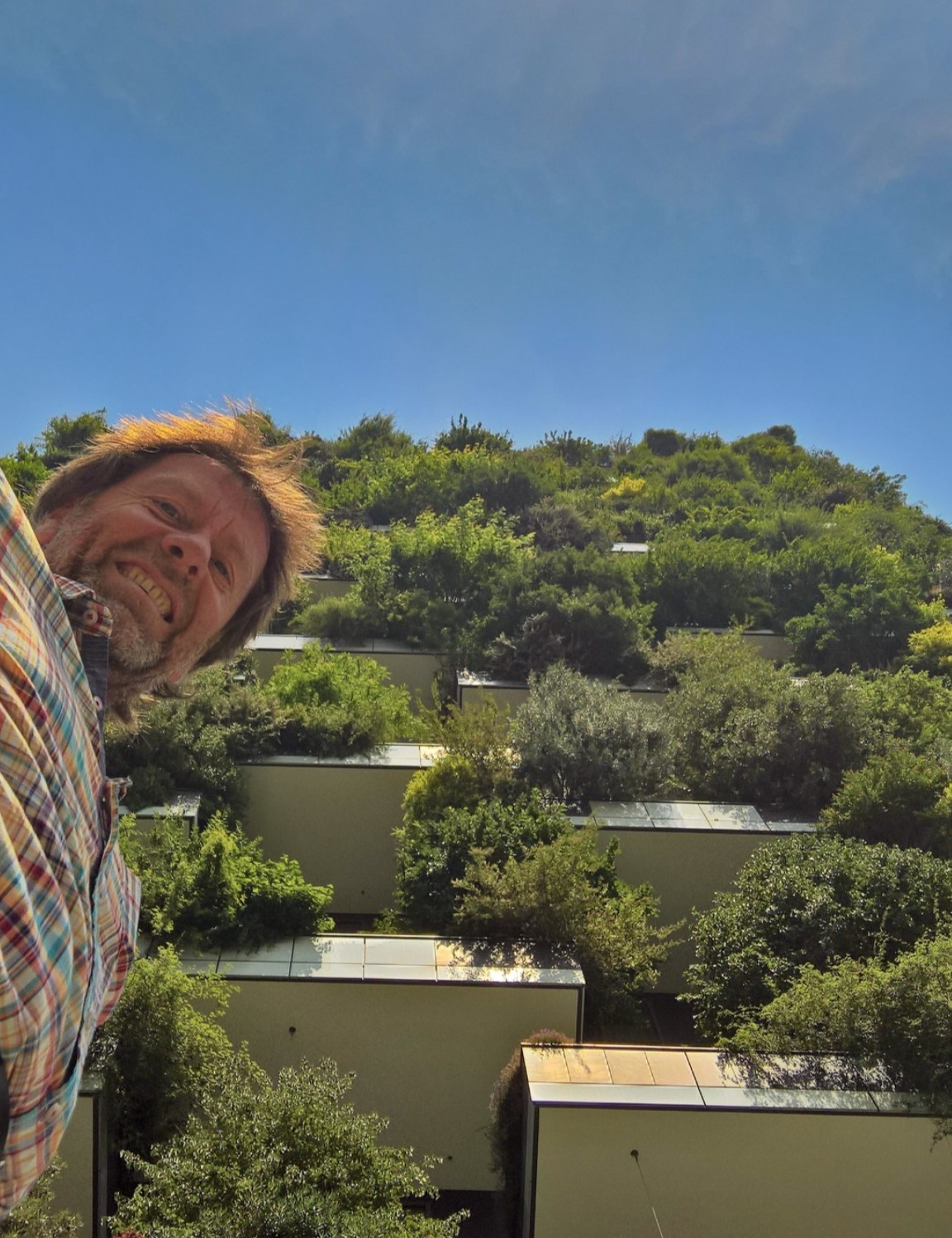
Nature, the phenomena of the physical world around us, is a concurrence of circumstances. What ever circumstances WE create, nature reacts. We have limited control of nature's reactions. Over centuries we have tried to gain more control over nature or to predict nature better by eliminating nature. This didn't go well.
Fortunately (or for some unfortunately) humans evolved from nature and so we can only sustain with nature. It is as simple.
URBAN TINY FORESTS create the awareness that working with nature puts us in a much better situation, makes us more sustainable and more resilient against the problems we caused in the first place (Climate Change is only one). We all know that prayers don't work and that actions speak louder than words.
Jörg Breuning
Environmental Innovator
